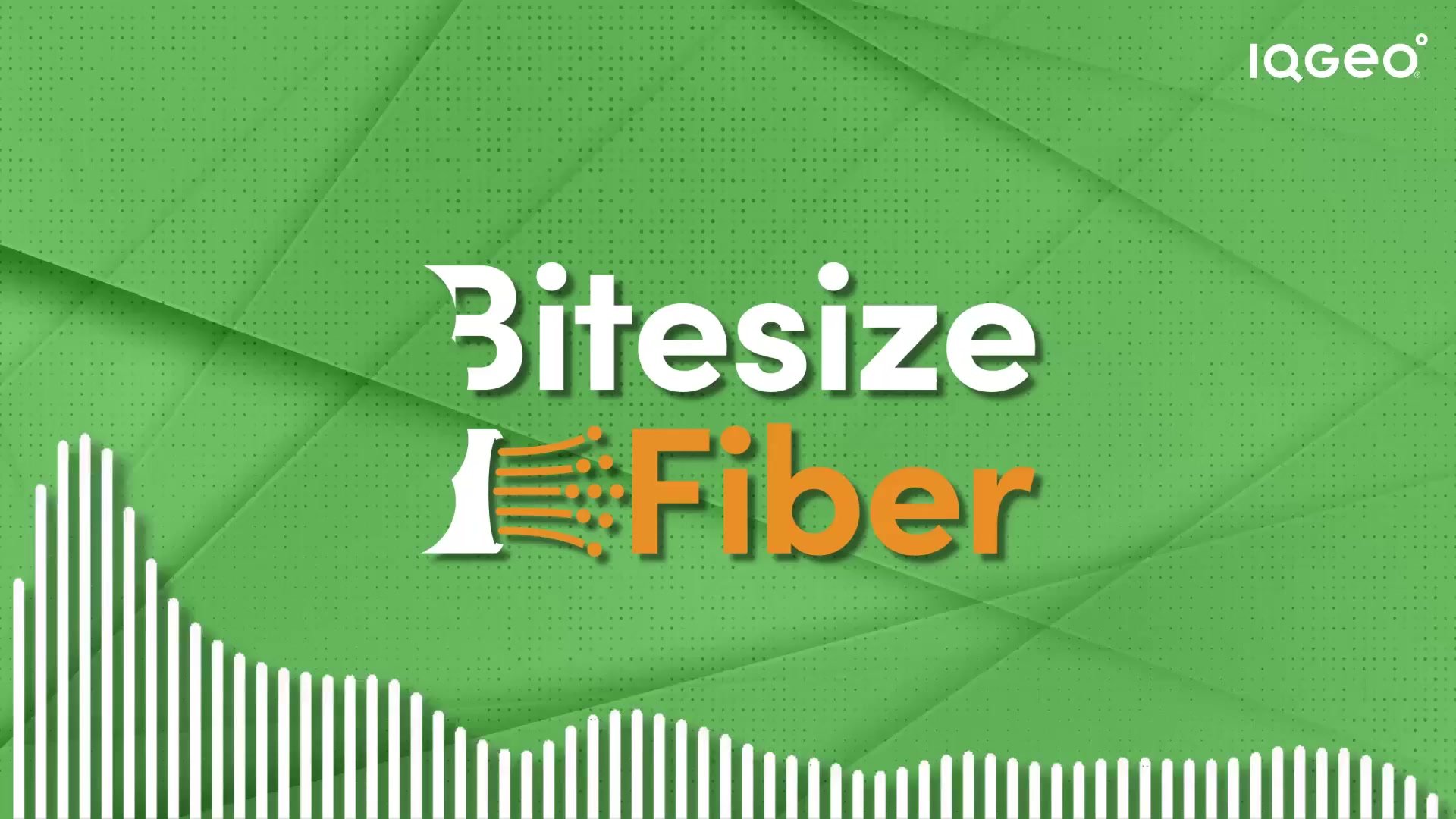According to Lifewire, some estimates forecast that the world will reach 3.6 billion 5G connections by 2025, a number which is expected to grow to 4.5 billion by 2027. Given the shifting dynamics of the business world, it has accelerated the need for 5G and FTTH network convergence. Fiber networks are the only ones which can cope with the massive growth of bandwidth in the coming years.
What is network convergence and why does it matter for 5G and FTTH endeavors?
Network convergence centralizes the management of infrastructure resources – consolidating numerous IT elements (i.e., servers, network infrastructures, and software) into an optimized package. It allows a business to use one network from one provider for all communication. Employing an Fiber to the Home (FTTH) network is a cost-effective response because it removes all the bottlenecks that slow the performance of other types of networks. As a result, it minimizes deployment costs while maximizing revenue opportunities.
1. Cost savings of only building once
Fiber has a lot of benefits such as higher bandwidth and lower latency. And it is also a lot cheaper to build and maintain compared to copper and coax networks. Most of the greenfield telecommunication networks being built today are fiber networks. Operators around the world are deploying FTTH, FTTB and FTTA networks.
The deployment of a fiber network is still expensive, considering all the civil works and labour to do the trenching, lay the ducts, blow the cables, splice the fibers, etc. However, everybody agrees on the benefits of fiber network convergence. The cost savings that you can achieved by building a single fiber infrastructure are significant.
2. Uncertainties around 5G needs
Fiber will be a key part of the upcoming 5G mobile networks for both fronthaul and backhaul. But there are still a lot of uncertainties: What will be the capacity for each mobile site? How dense will the network be? Where will the antenna sites be located?
It's expected that each antenna site to need a 100Gb connection. This would require a huge fiber footprint and investment considering the current capabilities of fiber technologies. The density of a 5G network depends on the density of the city and can vary between 20 to 200 small cells per square km. Most operators are not deploying 5G networks on a large scale yet, so the actual antenna locations still need to be determined.
3. Spare capacity is golden
These uncertainties on the future needs indicate how valuable spare fiber capacity is.
Civil works are the biggest cost of a network deployment. Leaving free space in ducts or deploying larger cables will only have a slight impact of a couple of percent on the total cost of the network.
One operator we have worked with shared their experience of Fibre-to-the-Business deployments. They had deployed an FTTH network with enough spare capacity and were now able to leverage the available fibers to connect enterprises at a lower cost.
You can apply a similar approach for future FTTA deployments. If you first deploy FTTH and FTTB networks with enough spare capacity or available duct space, you can easily connect the antennas once you have decided on their locations.
4. Strategy first, convergence second
The company strategy and the market situation are two main drivers of the fiber rollout priorities. Do you focus on residential first or business first? Where do your competitors stand? Is the current infrastructure still sufficient? Or does it need an upgrade?
One strategy might be to increase the FTTH footprint. To do this, first look for businesses and antennas in the close vicinity of the planned network. A second step was to build a design with a converged network for all endpoints.
However, fiber network convergence might not always be possible. In case of business parks or residential suburbs, for example.
Once the target areas are determined you should check how you can deploy a converged network. But the strategy of the company comes first.
5. Change IT and organization
A fiber converged network creates complexities, both for the planning and management of the network. This is an IT backend challenge that needs to be overcome. To handle the complexities of converged network planning, automated tools such as Comsof Fiber can be used. These tools help streamline the planning process, optimize resource allocation, and ensure efficient network operation.
It is equally important to look at the internal organization. Silos will need to be broken down. Mobile and fixed departments will require a shared budget and resources. It is clear that this needs to be a top-down decision.
As the demand for high-speed connectivity continues to grow, more operators will likely adopt converged fiber networks to capitalize on the cost-saving benefits and maximize revenue opportunities. By addressing the complexities of planning, management, and organizational alignment, companies can position themselves for success in the evolving telecommunications landscape.
Automation software for your fiber network processes
Reduce your design times by up to 90% and save up to 10% on your build costs with Comsof Fiber automated planning and design software. Talk to our industry experts to take your fiber planning and network management to a new level of efficiency that enables you to rapidly deploy and manage your fiber networks.

Fiber Product Manager at IQGeo
Similar articles:

 Previous
Previous







